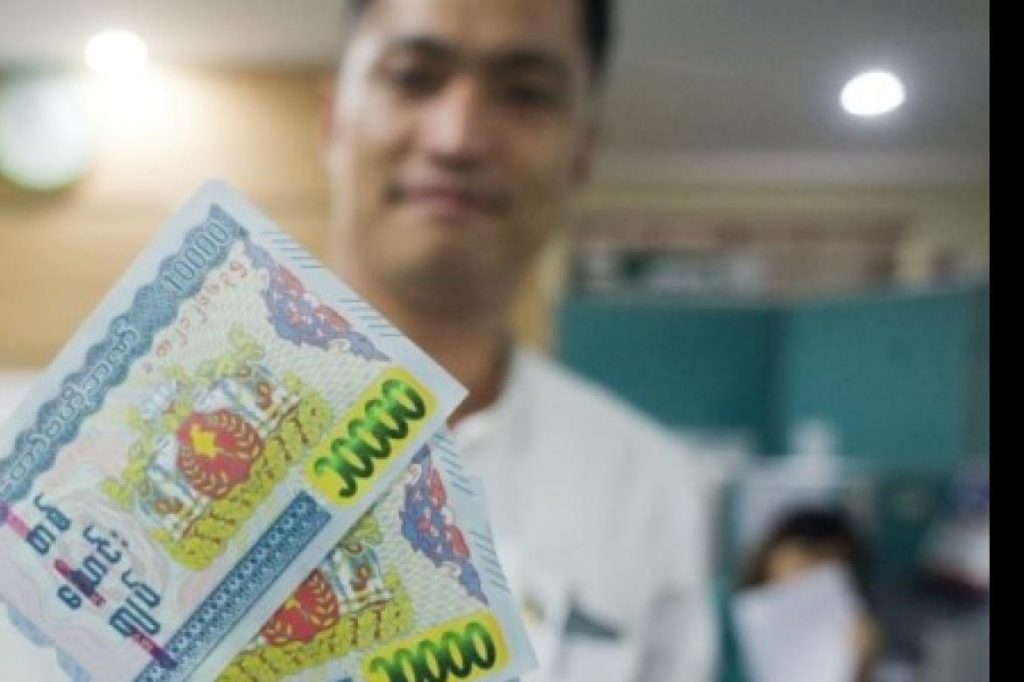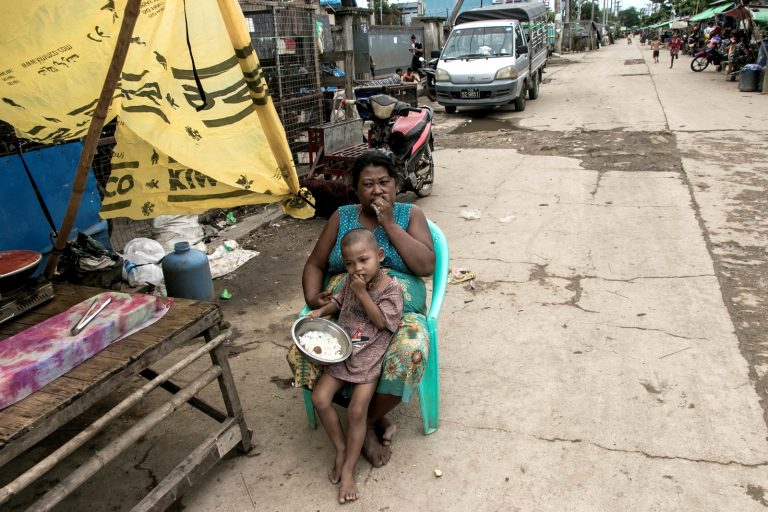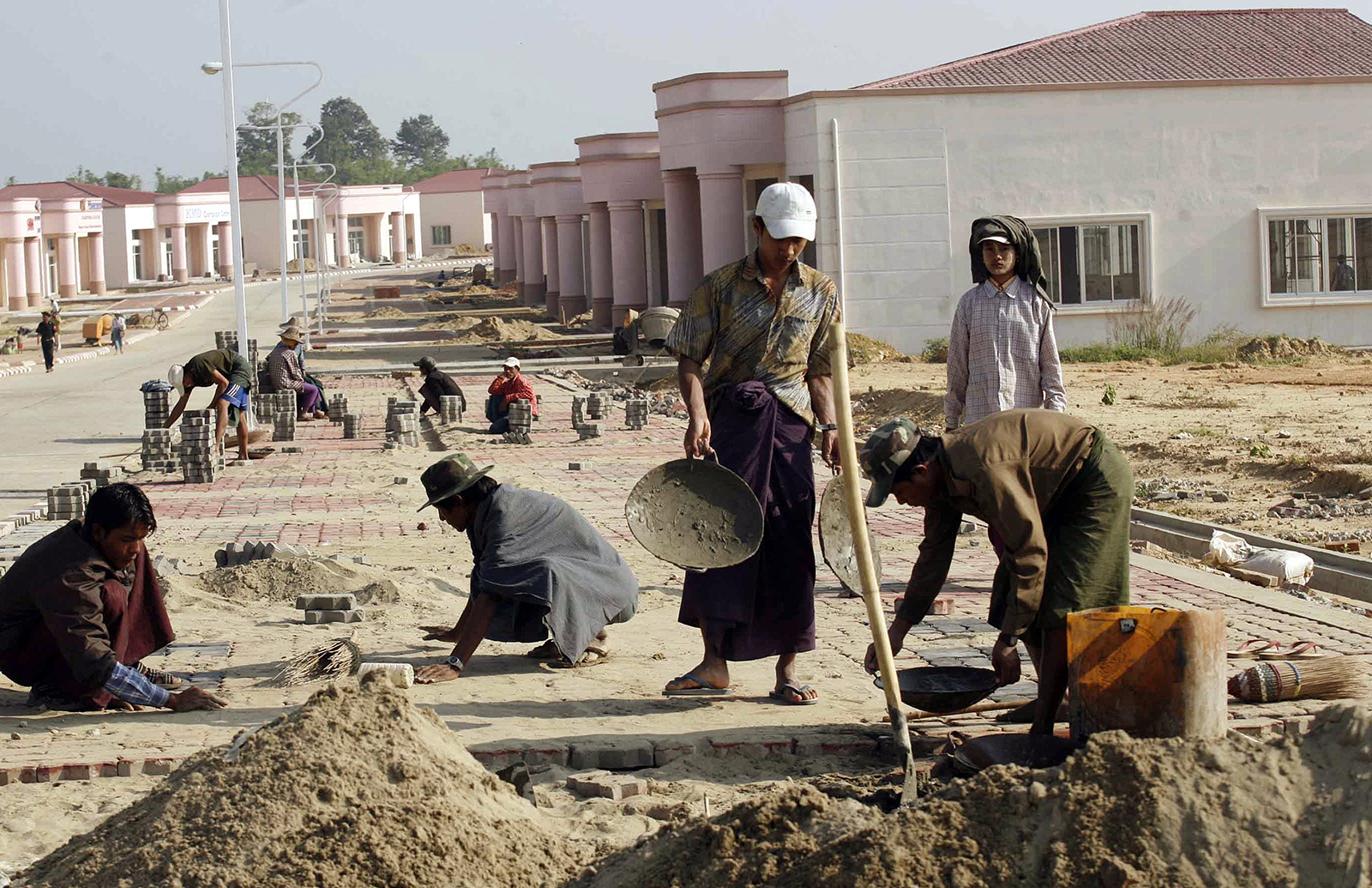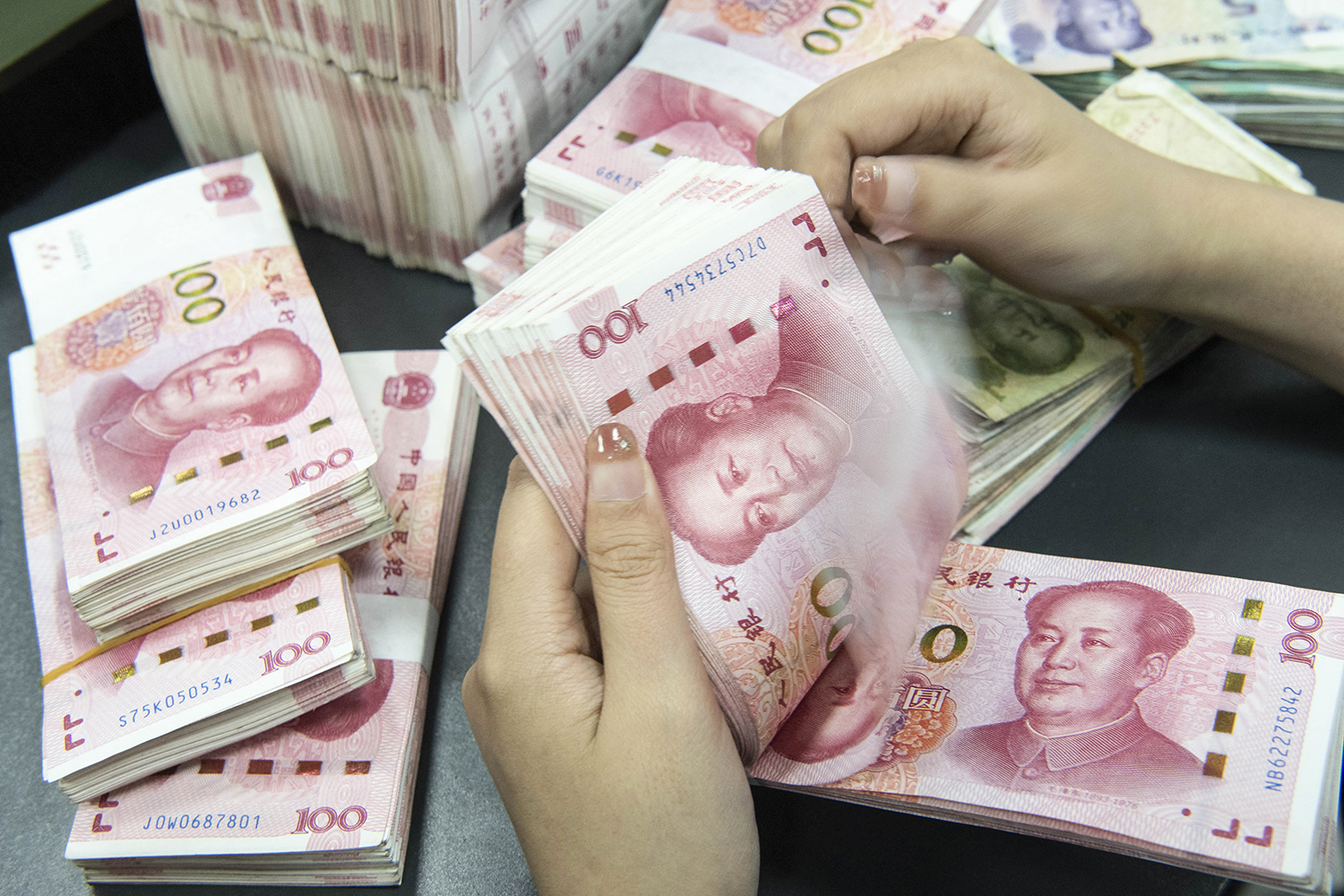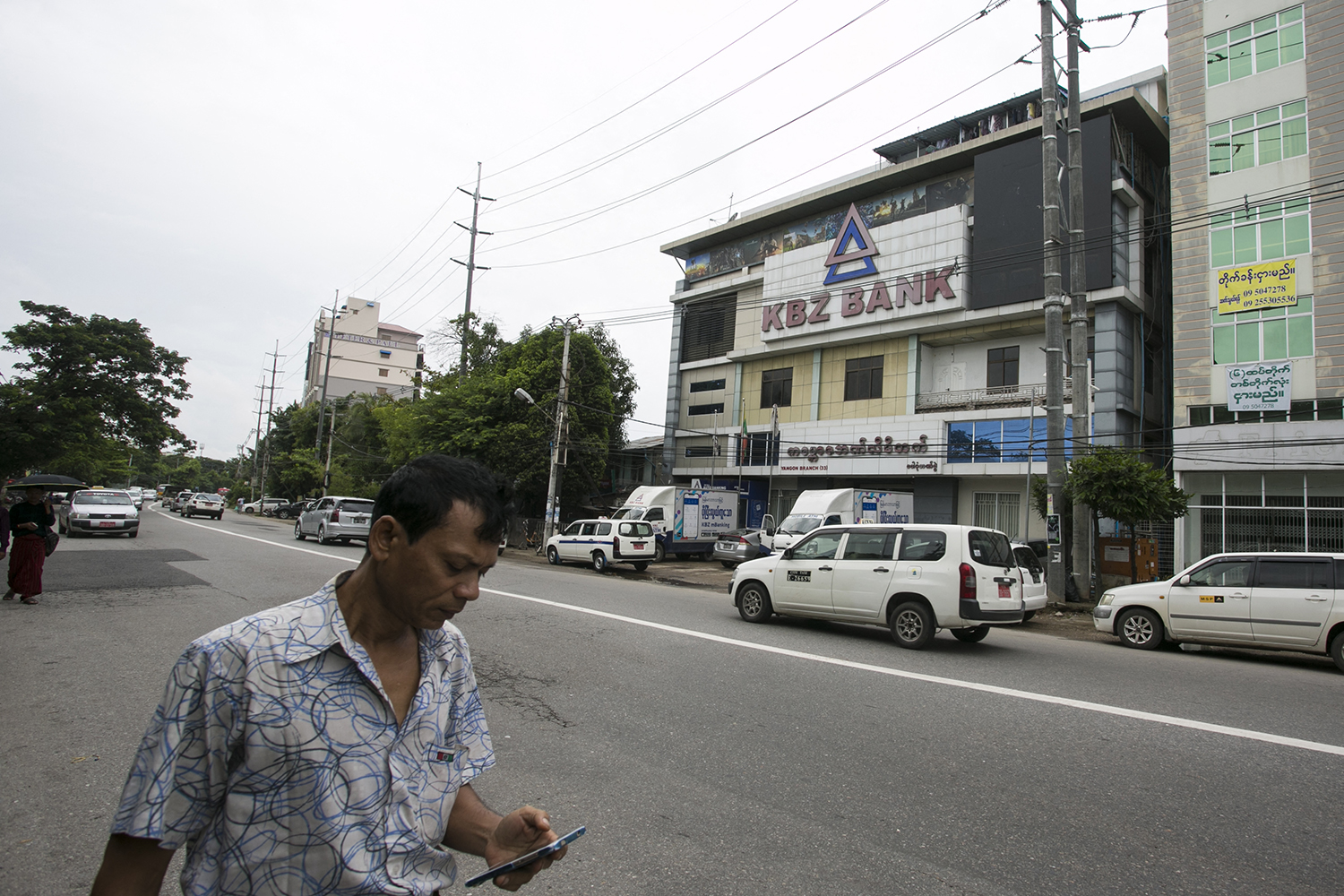Clarity, consistency and a long-term strategy are essential for the Central Bank of Myanmar to build a credible currency regime.
The Central Bank of Myanmar said last month that a directive would be issued by the end of the year requiring all transactions in the country to be completed in kyat. The deputy director-general of the CBM’s foreign exchange department, U Win Thaw, said requiring all domestic transactions to be in kyat would reduce the depreciation of the currency against the US dollar. The move, foreshadowed by the CBM in June, follows a 25 percent decline in the value of the kyat against the dollar so far this year. Since Myanmar adopted a managed currency float on April 2, 2012, when the exchange rate was set at K815 to the dollar, the national currency has depreciated by 57.55 percent.
Managing an official currency peg or trading range requires a highly sophisticated central bank or a closed economy or, in some cases, both. In August, the People’s Bank of China botched a small 1.9 percent devaluation after the International Monetary Fund recommended a more market-based system. This should have been a straightforward announcement, given the indirect endorsement by the IMF, but the market timing and the communications were less than stellar, so it contributed to global market uncertainty and volatility for weeks.
The CBM is certainly moving in the right direction – a sovereign state should ideally have a sovereign currency (currency unions excepted) – but the timing and determination of Letter 904/2015 from the foreign exchange department in June wasn’t entirely on solid ground. On the edges, hotels and tourist operators prefer being paid in US dollars to help to balance out the risk of the kyat losing value. But some government departments have also required US dollar payments, including Myanmar Customs, which has required vehicle importers to pay duty in US dollars.
A dual US dollar-national currency arrangement can seriously undermine the power of a central bank’s policy, but it can also help a bank to borrow credibility while other policy priorities are undertaken. In the 1990s, Vietnam successfully used the US dollar as a vehicle to tame domestic inflation. A policy based mainly on dollarisation and revaluation of the dong reduced inflation from 350 percent in 1988 to 10 percent during much of the 1990s. Although the Asian financial crisis required a 25 percent devaluation of the dong, the policy was considered a wild success and a big win for Vietnam’s central bank.
Cambodia is another example of an economy where dual currency use is as reality. Loans, transactions and invoices – large and small – are conducted in US dollars. The Cambodian riel is generally used for small payments, but transactions in dollars help to reduce inflation and provide stability in ways that the central bank may not have the capacity to provide.
Support more independent journalism like this. Sign up to be a Frontier member.
Myanmar’s inflation rate – below 8 percent – is nothing like Vietnam’s in the 1980s, so the same dual-currency justification doesn’t apply. However, earning revenues in US dollars, or at an exchange rate that more closely reflects the market’s assessment of the kyat’s value (which could be labelled as the product of ‘speculation’ by some), should be among policy priorities for the CBM. Myanmar’s imports generally outstrip exports and it has a large current account deficit, which the IMF believes will total $93 billion in 2015, or 7 percent of GDP. At the same time, government revenues are expected to have a shortfall of $83 billion, so kyat-denominated government revenues cannot be drawn upon to service financial obligations incurred in foreign markets.
Further complicating the picture are the expectations of foreign investors. Currency volatility – especially when the future direction of monetary policy is unclear – can quickly dissuade foreign investors from betting on Myanmar.
The CBM has a tough road ahead. Building a credible currency regime may seem straightforward, but the economic reality is complex. Clear policy and consistent implementation are needed.
A long-term strategy for monetary policy would be a good start. The Central Bank’s monetary policy roadmap could give citizens, markets and investors an understanding of the target and means for bringing sustainable value and integrity to the kyat. Clarity would give assurance to markets and help the bank understand where, exactly, it needs to build capacity for deploying consistent policies and a better overall environment for the kyat.


